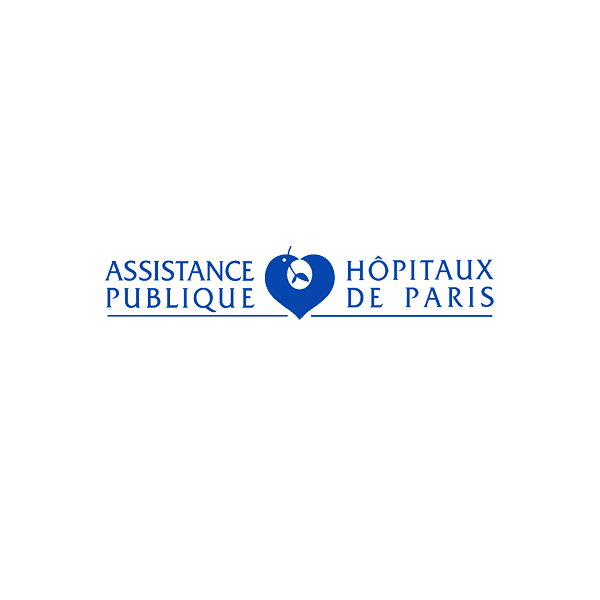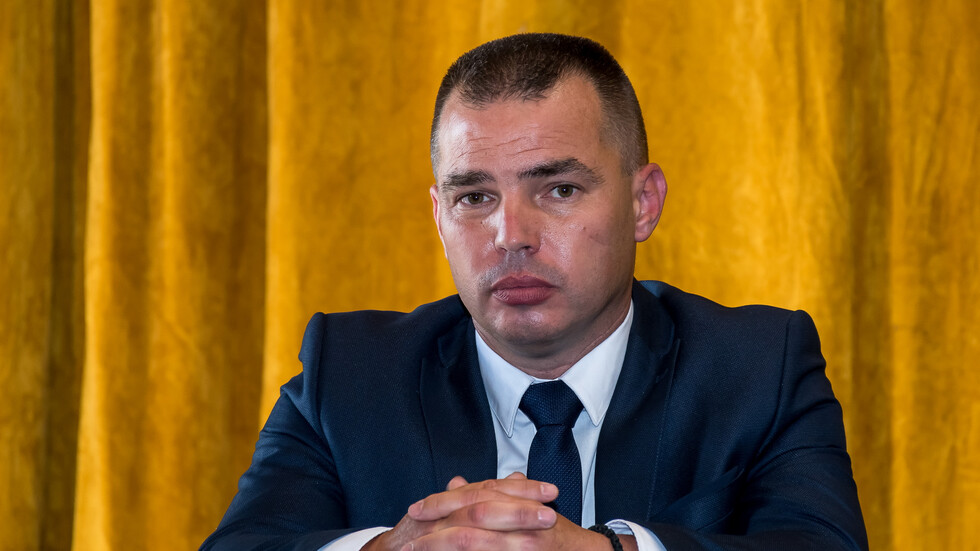Launched a few weeks ago on the initiative of the National Veterinary School of Alfort (EnvA Equipe Nosaïs, Pr Dominique Grandjean), under the supervision of the Ministry of Agriculture, and the AP-HP (URC Necker Cochin, Pr Jean-Marc Tréluyer), with the support of the Ile-de-France Region and the Ile-de-France regional health agency, an unprecedented study by its scale on an international scale was carried out to compare two methods COVID-19 screening test: RT-PCR test on nasopharyngeal swab (reference test) and canine olfactory test.
From March 16, 2021 to April 9, 2021, 335 people came to be screened in the Covisan AP-HP screening centers of the Hôtel-Dieu and the town hall of 14th arrondissement of Paris were included in this trial and could be analyzed. Participants were a median age of 35 (6 to 76), 295 (88%) were over 18, and 170 (51%) were female.
For the canine olfactory test, axillary sweat samples were collected via compresses placed two minutes under the armpits of study participants. They were then locked in jars and then sniffed by at least two different dogs. The latter have not been in contact with the volunteers. Nine trained dogs, firefighters from Yvelines and Oise, EnvA, or from the United Arab Emirates, participated in the study.
In concrete terms, the jars containing the compresses were sent to the Alfort Veterinary School and then placed in “olfaction cones” arranged in lines so that each dog could come and perform an olfactory analysis. The latter requires a fraction of a second per sample and therefore has, in addition to the non-invasive aspect of the examination, the advantage of providing an instant result and a very limited implementation cost. This detection was made blind from the result of the nasopharyngeal RT-PCR.
Out of 335 people tested, 109 are positive in nasopharayngeal RT-PCR (reference test). The sensitivity of the canine olfactory test is 97% (95% confidence interval: 92-99) and the specificity is 91% (IdC95%: 87-95).
These results scientifically confirm the ability of dogs to detect an olfactory signature of COVID-19. This study is the first of its type carried out at the international level and should pave the way for a wider use of the olfactory detection dog in the fight against COVID-19, in line with recent work carried out under the aegis of the World Health Organization. An implementation of this diagnostic approach could be considered with a view to targeting people who should benefit from virological screening and to facilitate mass screening due to the rapid response of dogs.
The Ile de France regional health agency supported and closely follows this experiment as part of the “Test, Alert, Protect” strategy.
For the Ile-de-France Region, which financially supported this study to the tune of 25,000 euros, this technique offers promising prospects in other diagnostic fields which will have to be accompanied by the establishment of a complete training course. dogs like professionals.
Press contacts
EnvA: [email protected] – 01 43 96 72 38
Ile-de-France region: [email protected]
ARS Ile-de-France: [email protected]; [email protected]
–


